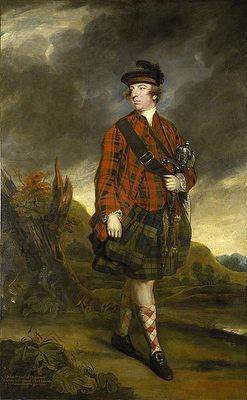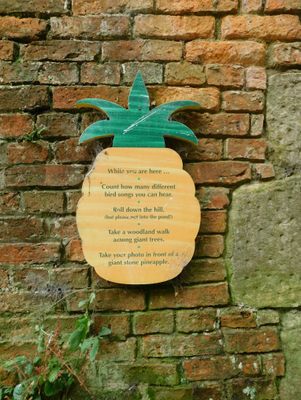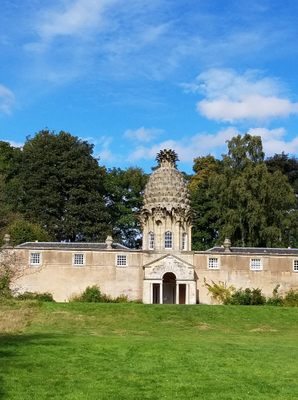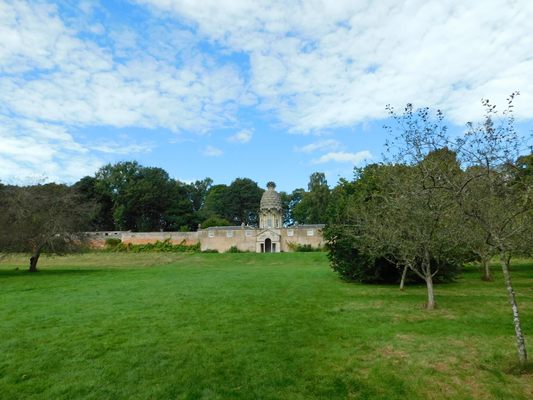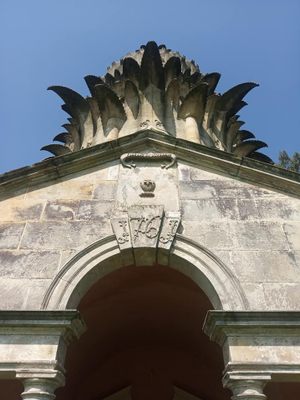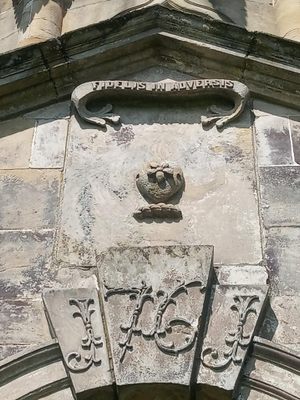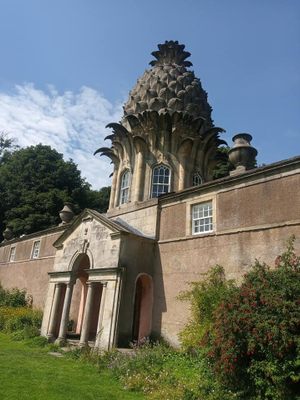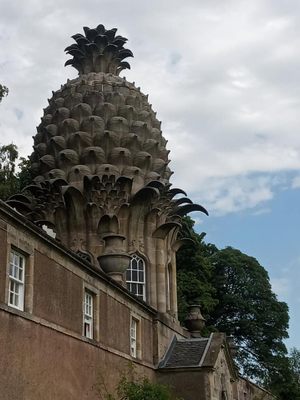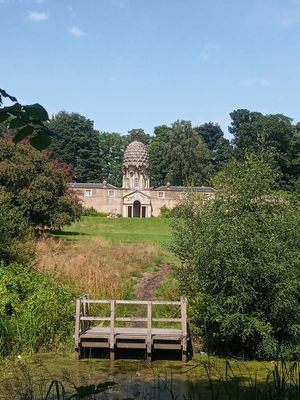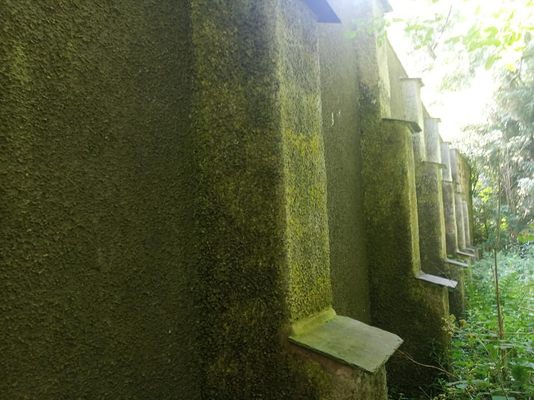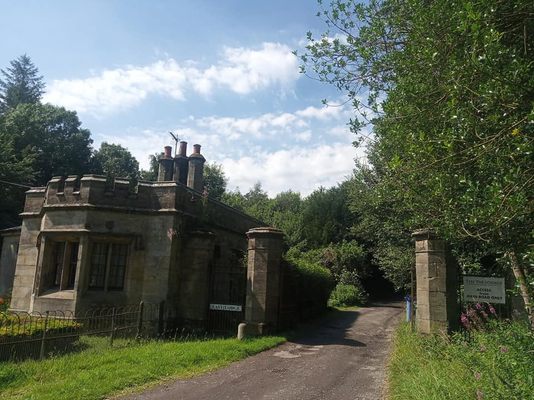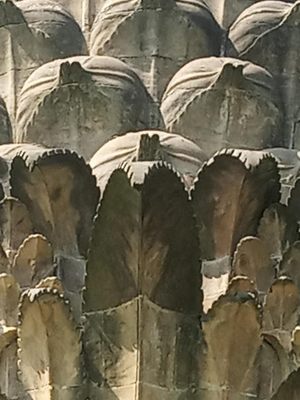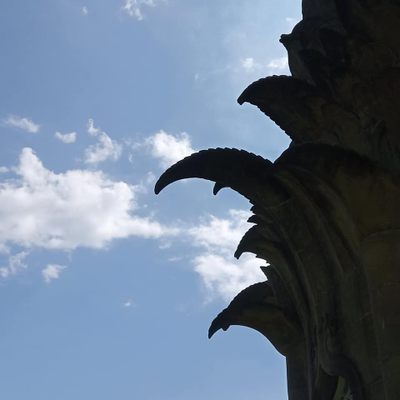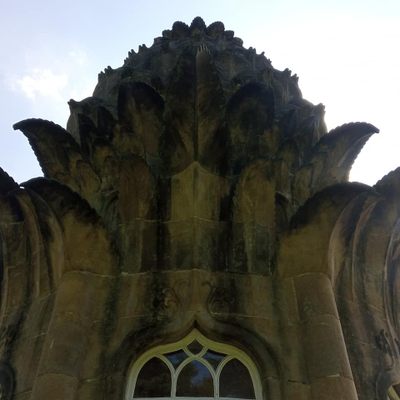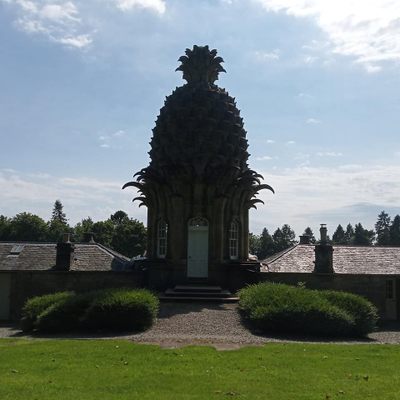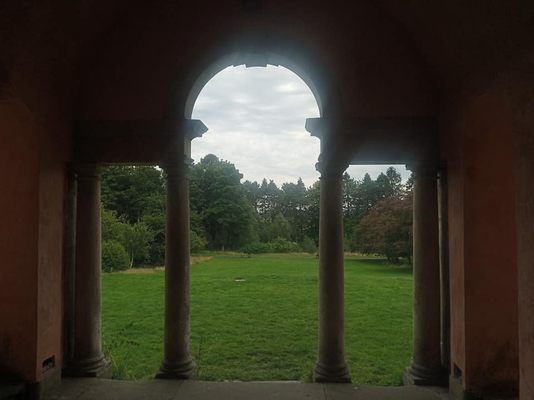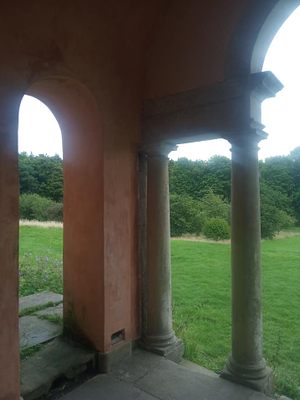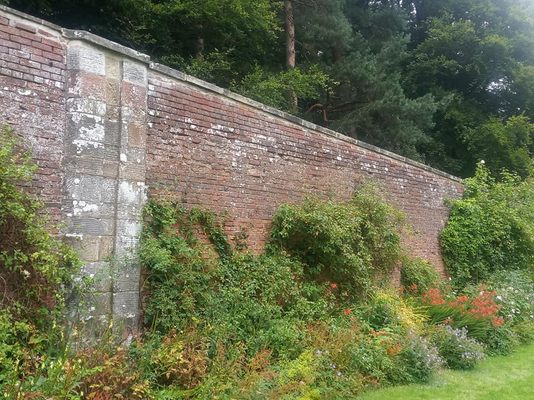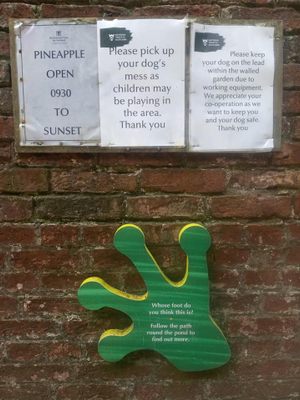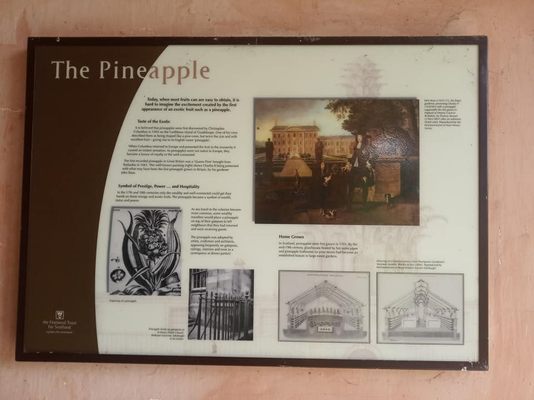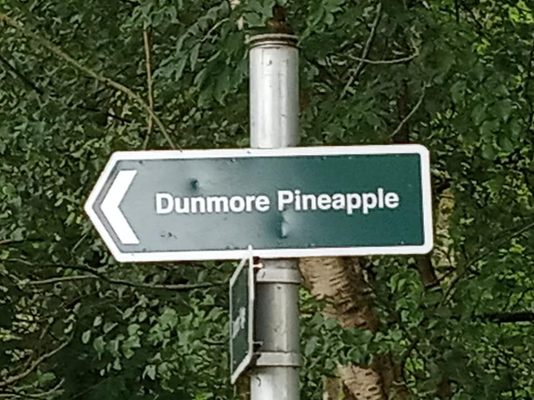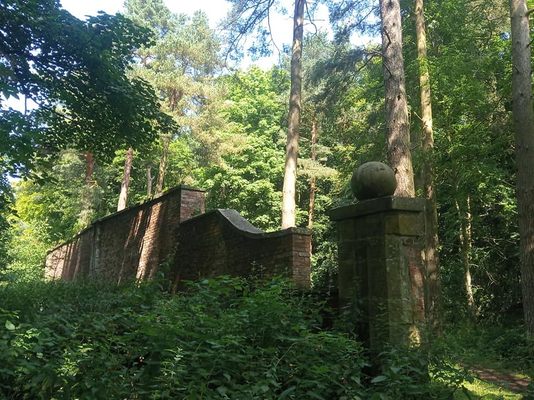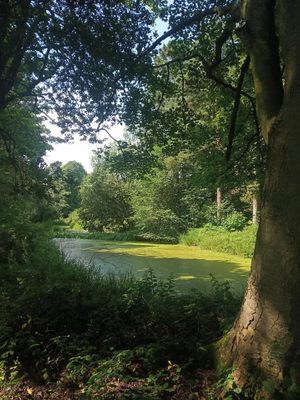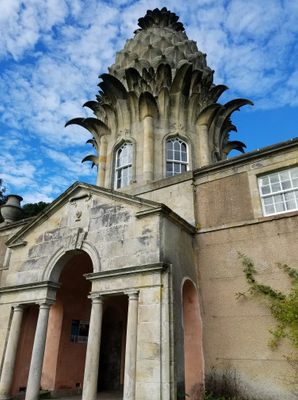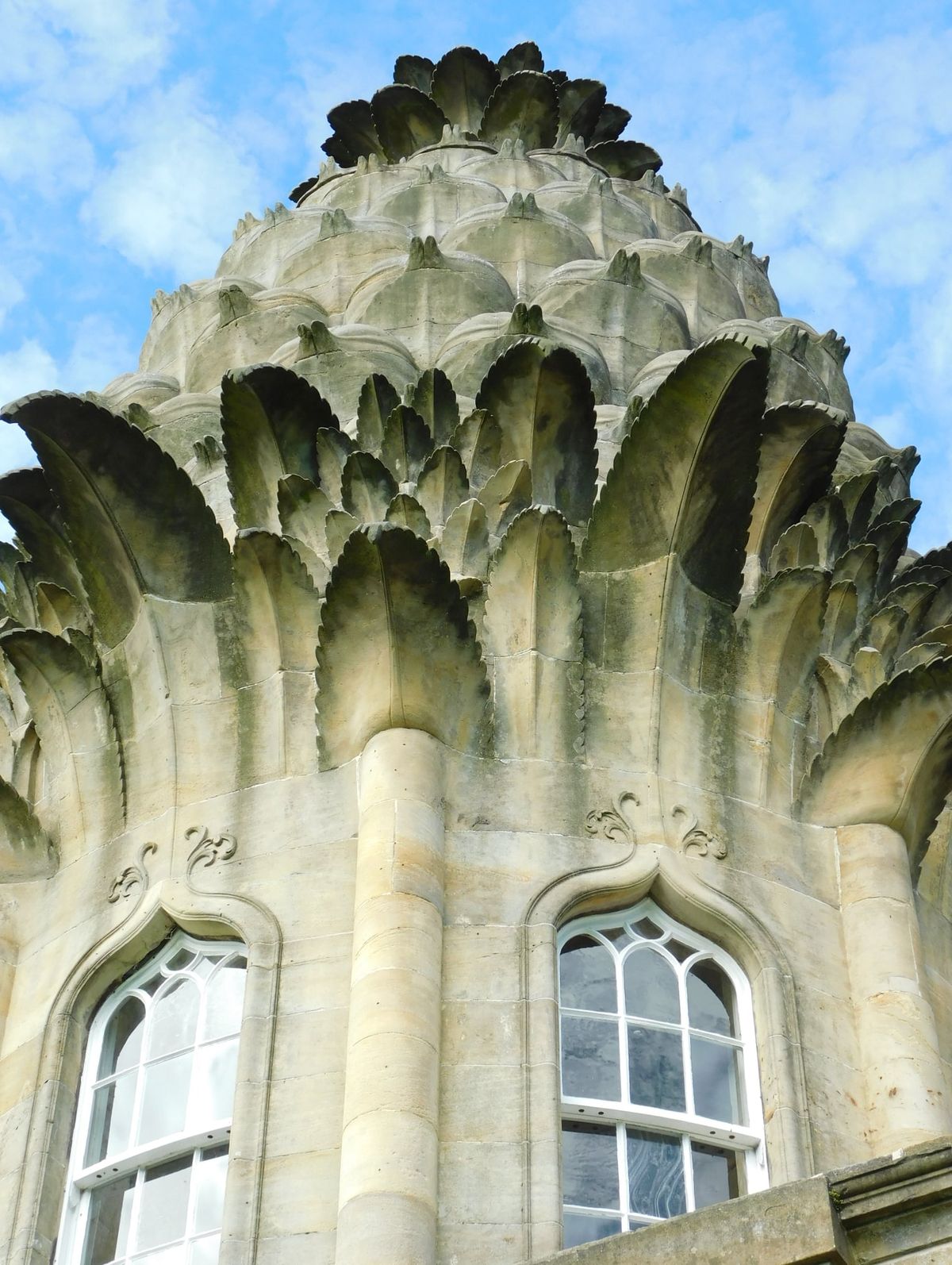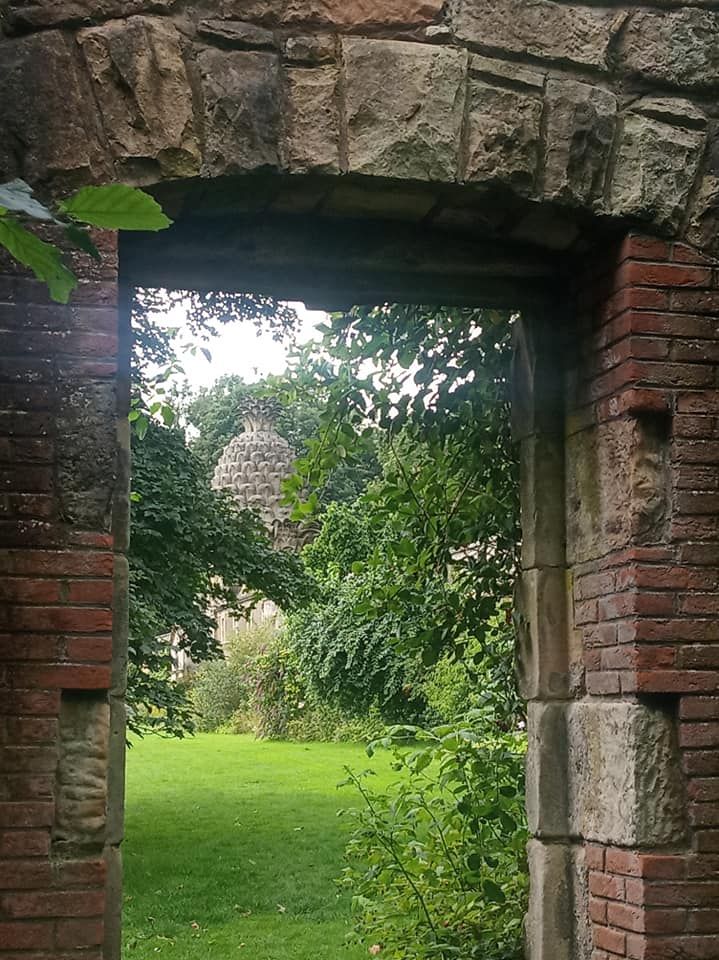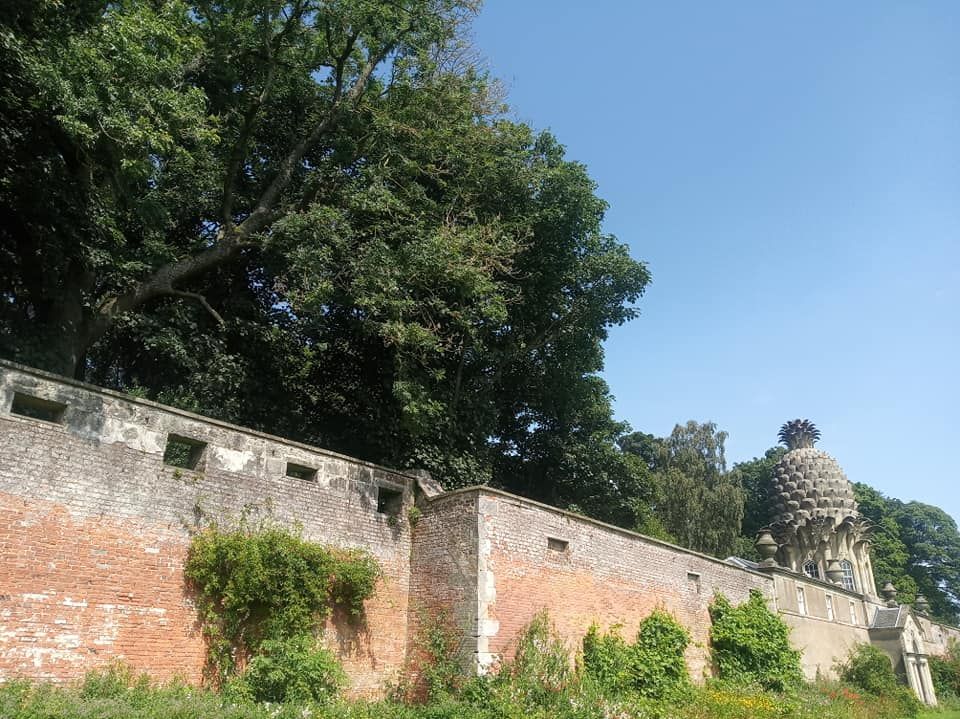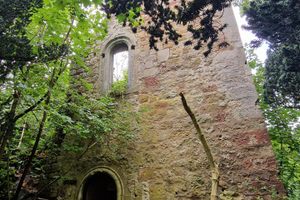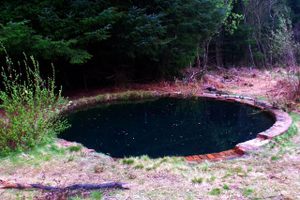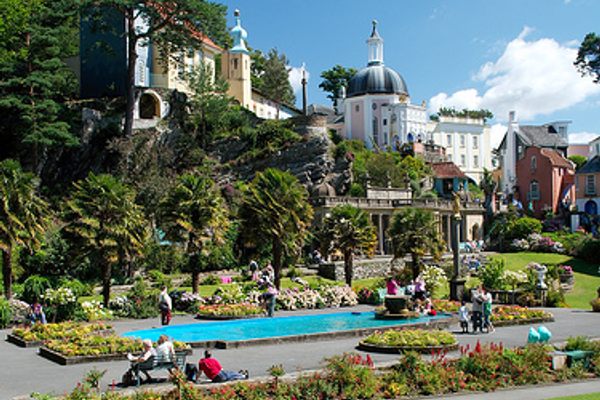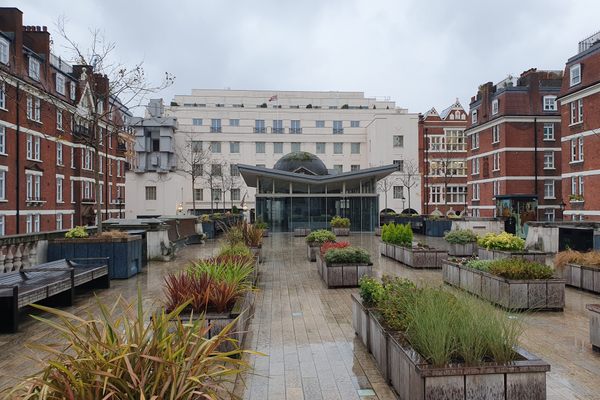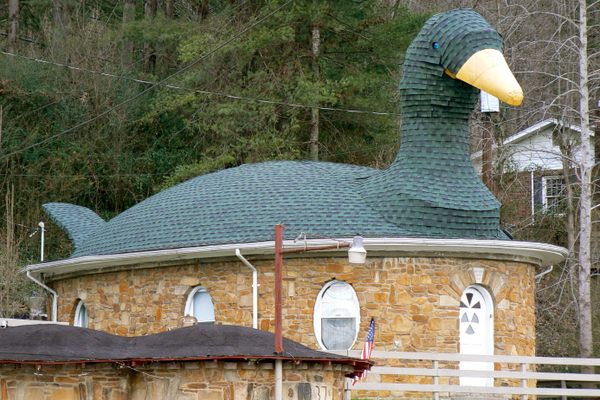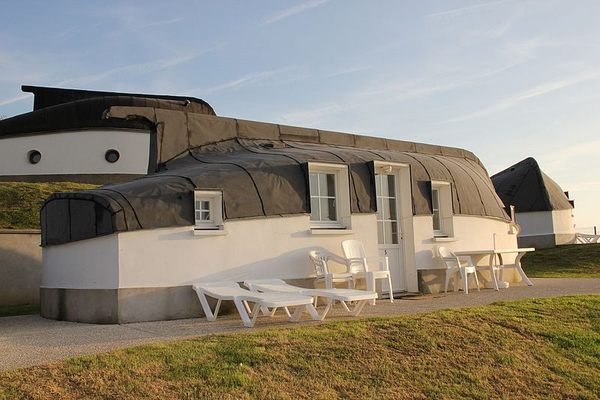About
The sailors on Columbus' expedition were the first Europeans to report on the delights of the bizarre-looking but delicious pineapple, which was said to have been found served alongside pots of stewing human flesh. Reports of the exotic fruit were eagerly received back home in Europe, where a demand for and attempts to cultivate pineapples began almost immediately.
It took advances in both horticulture and architecture as well as nearly two centuries of effort to bring the dream to life, and so rare and difficult to grow was this fruit that Charles II of England is shown in a formal painting receiving a gift of a pineapple. The pineapple took on a life of its own, becoming a popular symbol of wealth as well as hospitality, appearing in art and architectural motifs.
John Murray, the 4th Earl of Dunmore, left his ancestral home in Scotland for the wilds of the Colony of Virginia just on the cusp of the American Revolution, where he became known primarily for his lack of diplomatic skill. He returned to Scotland in July 1776 as the last English Governor of Virginia.
The building at Dunmore, used originally as a garden hothouse and summerhouse, had its iconic giant pineapple added as something of an afterthought. The original Palladian-style lower story was built around 1761, and did not acquire the enormous fruit hat – which housed a modest pavilion inside – until 1777 after Lord Dunmore's return. Returning sailors of the time often placed a pineapple, the exotic proof of distant travels, on a gatepost to announce their return from abroad. This, then, is Dunmore's announcement. The architect is unknown.
As eccentric as the style is, the pineapple is actually an exceptional example of fine masonry work, full of both artistic detail and technical merits. The building beneath the pineapple did serve as a greenhouse where the exotic fruit and other flora where grown. Within the brick walls that branch out from the entrance, were a series of pipes used to carry hot water to maintain the proper temperature needed. The various urns seen at the top of the wall served as air vents.
The property was restored by the National Trust for Scotland beginning in 1973 and, incredibly, is now open to the public as an overnight holiday rental.
Related Tags
Know Before You Go
The area offers no amenities. It's popular with dog walkers and folks taking advantage of the massive grounds for picnics. There is parking on site.
Should you be up for an adventure, there are several walking paths running behind the house, to the right and heading north is Dunmore House. It's an abandoned and dilapidated manor that is great for photo opportunities. It's less than 30 minutes away by walking along a dirt trail.
Flavors of Scotland: Beyond the Haggis
Smoked seafood, single malt whisky, and warm hospitality.
Book NowCommunity Contributors
Added By
Edited By
Published
January 6, 2013
Sources
- http://en.wikipedia.org/wiki/Dunmore_Pineapple
- http://gillonj.tripod.com/ascottishpineapple/
- http://www.scotlandsplaces.gov.uk/search_item/index.php?service=RCAHMS&id=46851
- http://www.landmarktrust.org.uk/BuildingDetails/Overview/230/The_Pineapple#/
- http://levins.com/pineapple.html
- http://en.wikipedia.org/wiki/John_Murray,_4th_Earl_of_Dunmore


